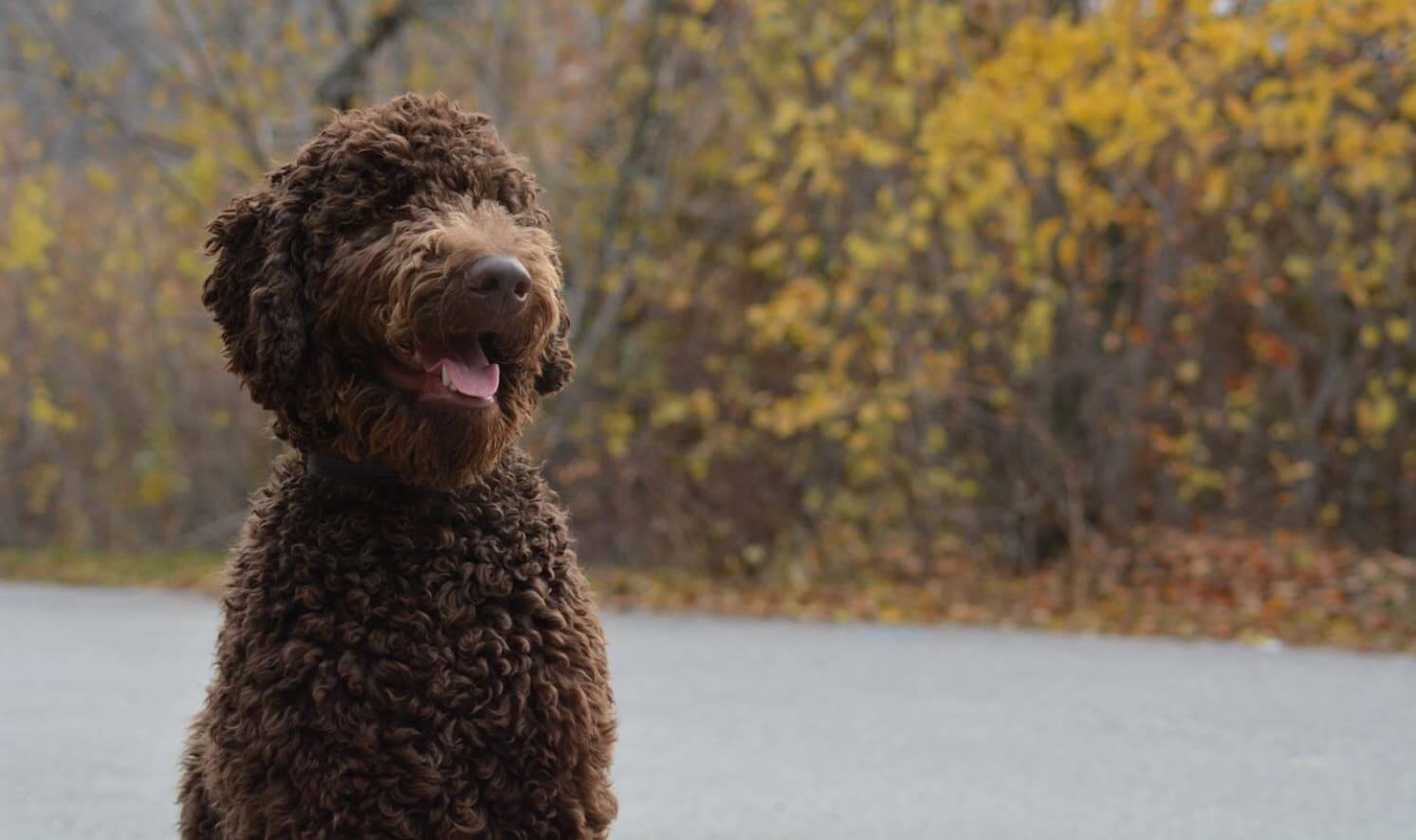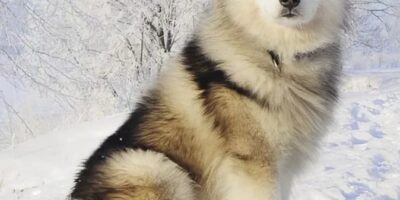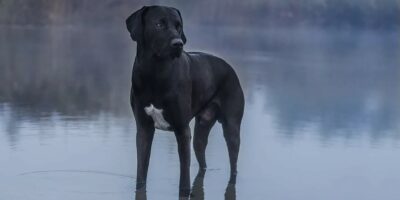| Type |
|
|---|---|
| Size | Medium (11-25 kg) |
| Basic Traits |
|
| Comes in |
|
The Barbet dog is a member of the group of underhanded hunting dogs. The history of this historic French breed dates back to the fourteenth century. Its predecessors were ancient water dogs.
These joyful dogs prevent their owners from being bored. In addition to being dutiful and executive, they are also firm and independent. Because they like the company of youngsters, they will gladly babysit.
Additionally, they are good with animals. Moreover, they are exceptional hunters. They serve up a great shot game because of their exceptional apportioning sense, but they can also be great help on the ground.
Breed classification
The breed is one of the oldest, and its name translates to “beard”. Simple peasants, sailors, and even monarchs used the services of dogs.
Barbets take pleasure in their coats. However, it will need attentive grooming, including combing, clipping, and, if required, washing, followed by thorough drying to prevent colds. Otitis is a common ailment for this breed, but otherwise it may be considered healthy. The average lifespan of animals is thirteen to fifteen years.

From Barbet’s historical record
The herding dogs of the Moors who resided in the Pyrenees during the seventh and eighth centuries are regarded to be the progenitors of the Barbet. Along with the Crusaders, they arrived in Central Europe and France. After mixing with local dogs and having their offspring, breeders and dog breeders of the 20th century used those offspring to make the modern Barbet.
Crossing these borders had an unanticipatedly positive effect, as the dogs turned out to be just wonderful. They have a sturdy and proportionate build, strong and long limbs, a lovely snout with a kind of beard, and a long, powerful tail (from which the name arose). Nostrils on the nose are open, the neck is short and powerful, and the ears are flat, long, and covered with hair at eye level.
The dog’s tail is in a horizontal posture while at work. Additionally, the dog’s paws are coated in lengthy hair. The height at the withers of an adult cable is between 58 and 65 centimeters, whereas it is 4 centimeters shorter for bitches. Wool is available in the hues of white, light, brown, gray, and black.
Character
Dogs are active, as is required for true hunters, good-natured, and enjoy the company of humans, so it is always a pleasure for them to have visitors at your home. Despite their not-insignificant size and untidy-appearing fur, they are incredibly attractive.
They are so good-natured that they will not even harm a cat, let alone a child. Therefore, this dog may leave the children without worry. Within the home, they are ideal neighbors for any animal. They need long walks and physical activity every day, so this breed is great for active, sports-loving people.
Health
In a city apartment, these dogs do not feel comfortable, and a low-active lifestyle contributes to the fact that lively dogs begin to “wither” in front of their eyes. Even though the breed is considered healthy, they may get ill.
If one of them has a sickness, there is an absolute certainty that it will be transmitted to the offspring. In addition to the ear problems already mentioned, dogs can also have a hernia, epilepsy, hip dysplasia, and other problems.
Care
It will first affect the ears due to their vulnerability to infectious illnesses. They need to be looked at often so that the first signs of illness aren’t missed and treatment isn’t put off.
Barbets must also need regular haircuts. Otherwise, they may seem disorderly. Pluses, however, include the fact that the dog does not shed and that its hair does not trigger allergic reactions. They must also be typically bathed with special shampoos, since they love to splash in puddles and never miss the chance.


